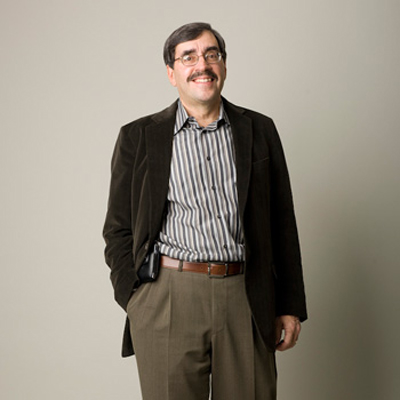Like what you’re reading? Stay in touch with BizPhilly — here’s how:
Philly Lawyer Fires Back at New York Times
In the fine print of contracts that nobody reads lies language big corporations use to ban customers from joining together in class-action lawsuits — thus removing a big tool allowing citizens to fight against powerful corporations. Instead, people are relegated to arbitration hearings, where they’re on their own.
That’s the narrative of this article from the New York Times. But a Philly-based attorney quoted in the article thinks it just furthers a myth about how consumer law works.
His name is Alan Kaplinsky and he’s a partner at Ballard Spahr who splits time between Philadelphia and New York. For years, he’s led the charge to make arbitration the standard way for consumers to solve disputes with corporations. Class-actions, he argues are long, expensive and ineffective.
He was part of a group that, in 1999, invited corporate legal teams from Bank of America, Chase, Citigroup, Discover, Sears, Toyota and General Electric together — with the goal of killing class-actions, the Times said.
To keep track of whether judges upheld or rejected the class-action bans, Mr. Kaplinsky set up a scorecard. In the positive column were courts in Pennsylvania and Georgia, which upheld a clause used by some companies that gave consumers a small window to opt out of arbitration. On the negative side were courts in California and one in Massachusetts, which struck down a class-action waiver in a Comcast cable contract.
He’s still at it, blogging on Ballard Spahr’s CPPB Monitor about the benefits of arbitration over class-actions.
“I’m disappointed the [Times] article doesn’t reflect a lot of the key information I provided to one of the journalists about how consumers don’t really benefit from class-action litigation,” said Kaplinsky. “All that information was unfortunately ignored.”
That information is a Consumer Financial Protection Bureau study released in March, finding that 60 percent of putative class members got no payout and that class actions took an average of 690 days until they got final court approval. Meanwhile arbitration cases only took a matter of months to resolve.
“Only 15 percent of the class actions studied by the CFPB resulted in settlements that provided any monetary benefit to class members,” he said. “And consumers who received some cash payment, on average only got $32.35 per person – a rather paltry amount. And they had to wait up to two years to get that.”
Meanwhile, the average payout for an arbitration case was $5,389 (although that was just for 32 disputes where the CFPB could determine the amount of the award.) Kaplinsky also argues that arbitrations are easier on the consumer because they don’t always require a person to go to court.
“The plaintiffs’ class action bar has its own agenda here. They don’t like arbitration because it interferes with the gravy train they’ve been able to create generating these outlandish legal fees,” he said. “They’re perpetuating a myth about it being an unfair process and that the decks are stacked against consumers. The New York Times bought into it lock, stock and barrel.”
Before corporations began including language in contracts banning class actions, “people were trying to extort money from industry, banks and other companies I represent,” said Kaplinsky. “In most of the class actions that get filed, plaintiffs attorneys don’t intend to prosecute through conclusion, they want a quick settlement. They want to create a substantial legal fee for doing no work.”
Kaplinsky argues that consumers need to know more.
“The problem is that consumers don’t have enough education,” said Kaplinsky, “and may not be aware that they have this wonderful tool [arbitration] available to them if informal dispute resolution processes don’t work.”



